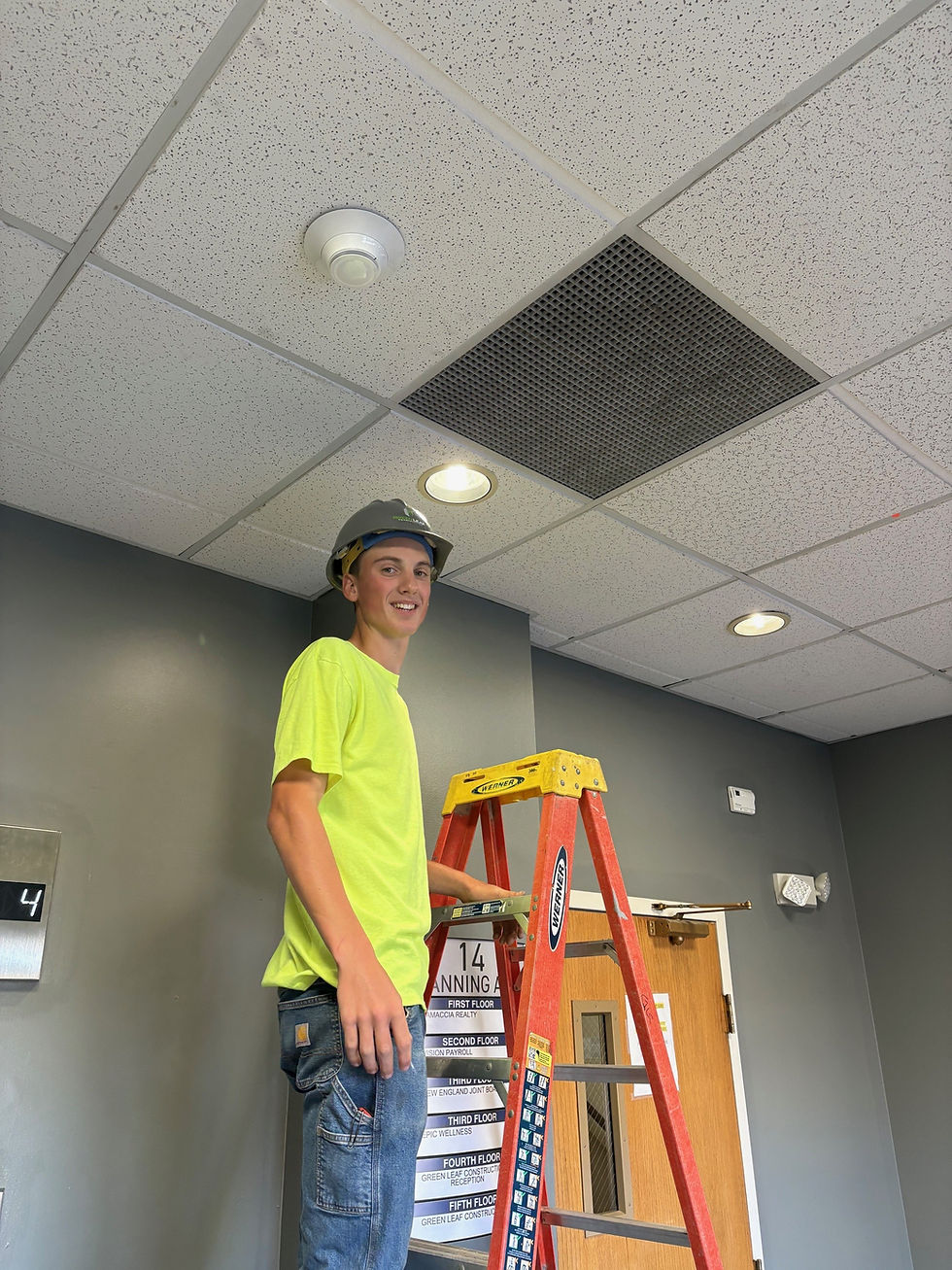8 Commonly Overlooked Safety Precautions in Construction
- Green Leaf

- Sep 10, 2014
- 3 min read

Many construction firms hold safety to be a top priority; with good reason as OSHA reports that approximately 20% of workplace fatalities occur in construction. The very nature of a construction site; constantly changing conditions, many individuals working amongst ongoing processes in multiple trade disciplines demand that safety be on the mind of every worker on site to ensure everyone goes home safely at the end of every day.
Safety is about the big things; personal protective equipment, often referred to as PPE including hard hats, gloves safety glasses, etc., flagging, fall protection, safety barriers and the like. However – and perhaps more importantly – safety is about the details. Having an overall project-specific plan in place to manage safety and implement consistent and detailed safety precautions will ensure workers are able to efficiently execute their specific scope of work in as safely a manner as possible.
Here are 8 commonly overlooked safety precautions that lend to a well-managed safety program:
Exit signs: Do you have enough temporary exits sign throughout your jobsite? Take a look next time you’re doing a walkthrough. These are very important in the event of an emergency – saving precious moments in an evacuation. Not having these in place will also result in an OSHA fine should you have an inspection.
Fire extinguishers: Remember, you will need one fire extinguisher per 3,000 sq. ft. of space, but don’t be fooled into thinking that’s the only requirement. Each extinguisher must also have an up to date yearly inspection tag, including monthly inspections logged on the back of the tag. You’d hate to get fined for something as simple as a fire extinguisher inspection!
Eye Wash Station(s): All job sites must have an emergency eye wash station located on site, and no; the small ones that come in first aids kits are not considered adequate. Each construction site should have at least one larger, portable eye wash station that is well marked and accessible in the work area.
Carbon monoxide detectors: Make sure you have enough CO detectors throughout your job site. Do not remove the batteries or ignore them if they should sound. They are there for a reason. Particularly if running gas or diesel equipment is present inside a poorly ventilated space. Carbon Monoxide is extremely dangerous. Fresh air should always be introduced immediately into any work space where there is even a slight presence in the air.
Emergency Action Plan: There should always be a project-specific, posted emergency action plan on every job site explaining evacuation protocols, emergency meeting points, an emergency contact number and listing of local hospital with directions.
Roof Warning Lines / Safety Flagging: Most construction workers think warning lines on a roof can be 6 feet from the edge. You must remember, this is only the case if roofing contractors are the only trade present on the roof. For all other trades, warning lines & safety flagging must be 15 feet from the edge of the roof. Keep in mind that general industry safety standards are less rigid when compared to construction. Rooftop MEP equipment is often placed closer to the edge than 15’, requiring fall protection during construction, but not after. If only those temp safety railings weren’t so darn expensive!
Face Shields: Many tradesmen do not wear proper face protection when grinding, chipping, cutting metal studs, etc. OSHA requires a proper face shield to be worn over safety glasses when performing these types of activities. The most convenient face shields clip directly to the hard hat and can be flipped on and off.
Potable water & sanitation: Many do not think of potable water and proper sanitation as safety issues; but maintaining clean and sanitary working conditions promote a healthy and safe work environment for every worker on site. Potable water is not a garden hose hooked to a water line on the job site. It is a bottled water cooler or other specifically labeled water container containing fresh, clean drinking water. Proper Sanitation is not the hand sanitizer sprays or gels located in the portable toilets. Ask the company you rent toilets from for a stand-alone hand wash station. It provides fresh water, hand soap and paper towels. It’s about the same cost as a toilet and is cleaned along with your portable toilets. Remember to have a trash barrel next to the hand wash station as disposing of paper towels in the portable toilets clogs the cleaning pumps which does not make for a very happy porta-potty cleaning technician!




Comments